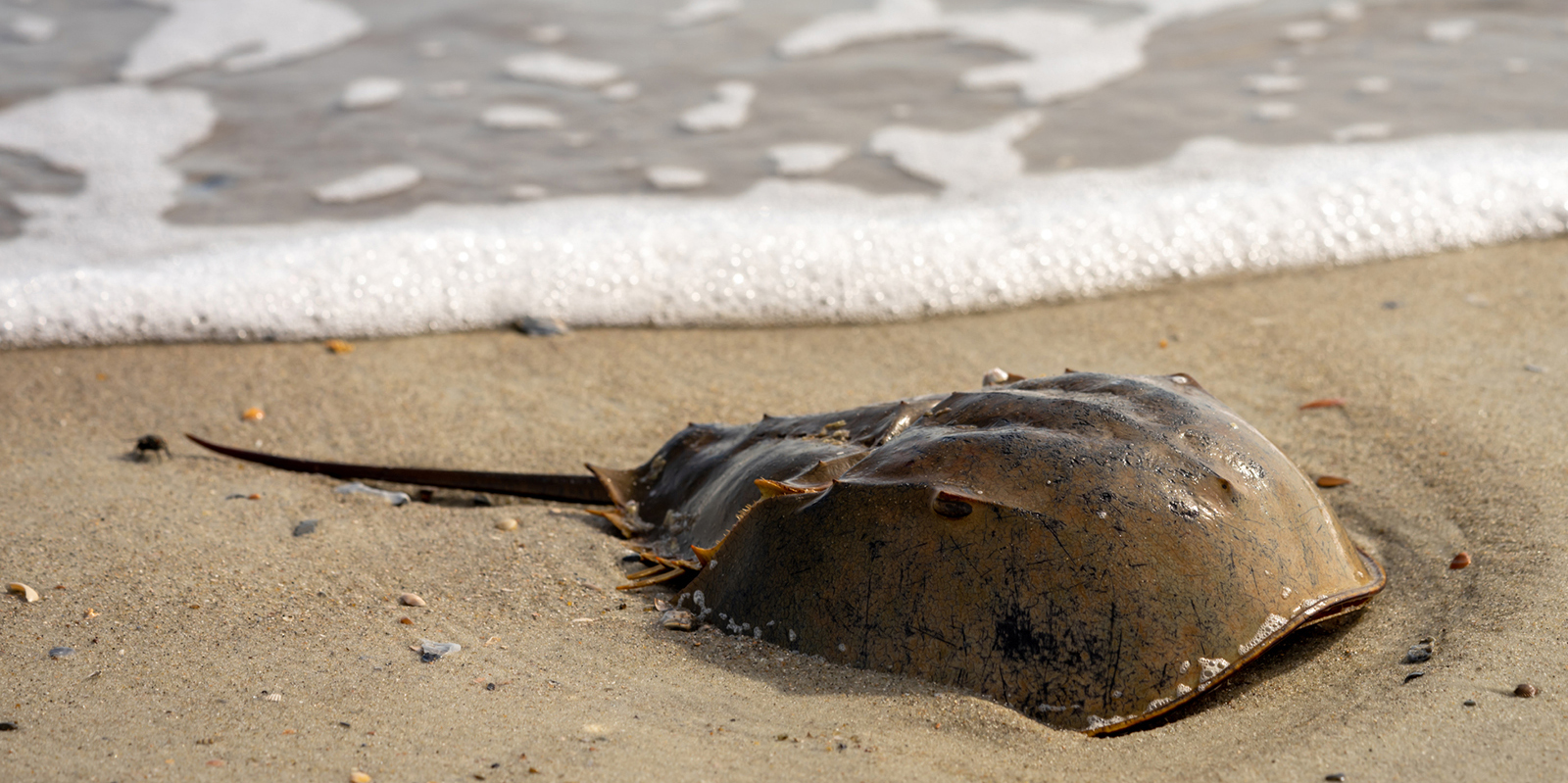Chemical Pollutants Found in Ocean State Waters
October 5, 2016
Most scientists agree that the water quality in Narragansett Bay and the waters that flow into it is quite good and getting better. But that’s not true by every measure. In fact, a University of Rhode Island oceanographer who studies chemical pollutants in the oceans found that a New Jersey river designated a Superfund site is actually much cleaner than some water bodies in Rhode Island when it comes to a recently banned group of pollutants called perfluorinated compounds.
Perfluorinated compounds have long been used in the production of Teflon and the non-stick coatings on pizza boxes and popcorn bags, as well as in the waterproof coating added to some clothing, according to URI professor Rainer Lohmann.
“Everyone has the stuff in them at low concentrations,” Lohmann said.
These compounds are also good at extinguishing fires fueled by gasoline and other fuels, so the foams that airports use to fight airplane fires contain the chemicals. While few such fires occur annually, the foams are used regularly during fire training exercises at every U.S. airport, where the chemicals percolate through the ground and run off into nearby streams, ponds and bays.
“The problem with these compounds is that they don’t break down,” Lohmann said. “They bioaccumulate, so they aren’t good for our health. They increase in concentration as they go up the food chain — and people are at the top of the food chain, along with polar bears, bald eagles and other large animals.”
Lohmann noted that the Environmental Protection Agency (EPA) required that production of the worst perfluorinated compounds be phased out by 2015. But many manufacturers of the compounds have gotten around the ban by making minor changes to their chemical composition, which makes them only slightly better than the banned versions.
“And just because production stops doesn’t mean the compounds go away,” Lohmann said. “They continue to leach into our groundwater and all kinds of other things. So we will continue to have the legacy of them, probably for decades to come.”
Lohmann and colleagues at Harvard University analyzed water samples from 28 water bodies in Rhode Island and nine sites along New Jersey’s Passaic River and published their results last month in the scientific journal Environmental Science & Technology Letters. The Rhode Island samples were collected by volunteers participating in the URI Watershed Watch program, which monitors water quality at 200 sites statewide.
“I’ve taken water samples from Narragansett Bay for years, and we’ve always found these compounds in the 1 to 5 nanoliter range, which isn’t huge but also isn’t trivial,” Lohmann said. “I was curious about why we’re still finding them.”
While his analysis of the latest water samples didn’t detect the compounds at some sites, such as the Narrow River and several rural locations, concentrations were high in some samples collected from northern Rhode Island and in Warwick. Lohmann said all of the samples with high concentrations of perfluorinated compounds were associated with airports, textile mills, wastewater treatment facilities and industrial metal plating operations, the latter of which use solvents containing the compounds.
The samples from New Jersey all contained low levels of the chemicals.
“That was a big surprise to us, because most of the time Narragansett Bay is a fairly clean water body. Normally when we compare it to the Passaic River, we’re cleaner by an order of magnitude or two. But not in this case,” Lohmann said.
The EPA has set a maximum threshold for perfluorinated compounds of 70 nanograms per liter in drinking water. While none of the Rhode Island sites exceeded that value — the highest was 47 near T.F. Green Airport — Lohmann said that many states and countries have set lower limits, and several of his colleagues think that “70 is far too high” to be safe.
The concern is that exposure to the compounds, especially high exposure over long periods of time, can lead to several kinds of cancer. Epidemiology studies suggest that exposure can also lead to immune system deficiencies and contribute to obesity via a decline in liver function.
The good news, according to Lohmann, is that since the compounds weren’t detected in several samples, then “clearly you can get to almost zero. It means that Rhode Island has a number of point sources that potentially could be targeted for reduction,” he said. “If DEM wanted to, they could probably identify where those compounds are coming from and maybe try to reduce their emissions. That would be a good thing for the bay.”
Rhode Island resident and author Todd McLeish runs a wildlife blog.
Categories
Join the Discussion
View CommentsRecent Comments
Leave a Reply
Your support keeps our reporters on the environmental beat.
Reader support is at the core of our nonprofit news model. Together, we can keep the environment in the headlines.
We use cookies to improve your experience and deliver personalized content. View Cookie Settings




Great story, thank you, Todd! We need to pay a lot more attention to all the chemical pollution we are dumping into our waterways and soils.